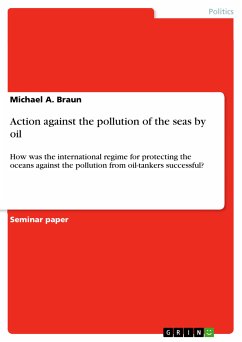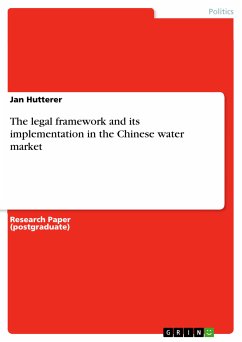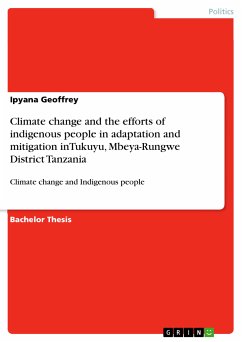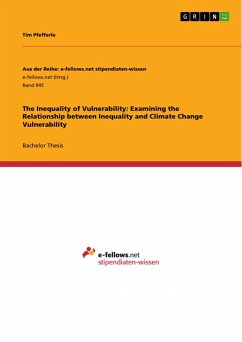Seminar paper from the year 2014 in the subject Politics - Environmental Policy, grade: 1,0, Dresden Technical University, language: English, abstract: On 30 April 2005, Argentine citizens started a five-year blockade of the Libertador General San Martín Bridge which connects the Argentine city of Gualeguaychú with its Uruguayan neighbor city Fray Bentos. The citizens feared severe environmental damages caused by two pulp mills which were to be constructed on the Uruguayan side of the Uruguay River which separates the two countries. In 2006, Argentina referred the dispute to the International Court of Justice (ICJ). The judgment, delivered on 20 April 2010, has been described as the most significant one in international environmental law since Trail Smelter. It is undisputed that the judgment made some significant contributions to the progress of international environmental law. I will argue, however, that the Court also missed some great opportunities to develop international environmental law and to establish itself as a Court capable of dealing with highly scientific issues. First, I will discuss the Court’s reasoning concerning the burden of proof and its use of expert evidence. Second, I will debate the Court’s recognition of an Environmental Impact Assessment (EIA) as part of the corpus of general international law.








